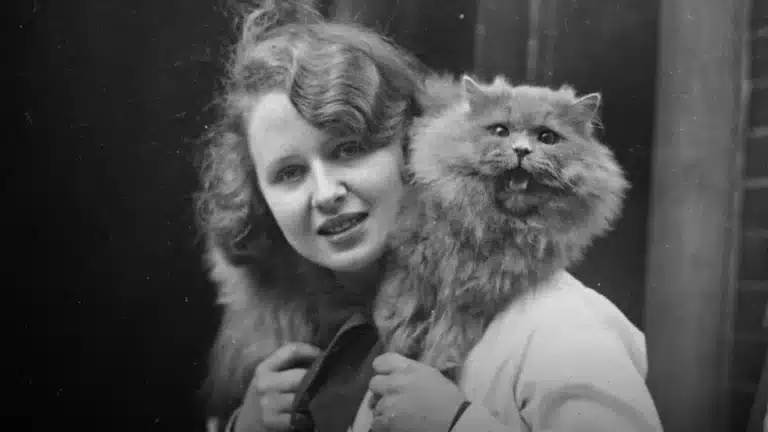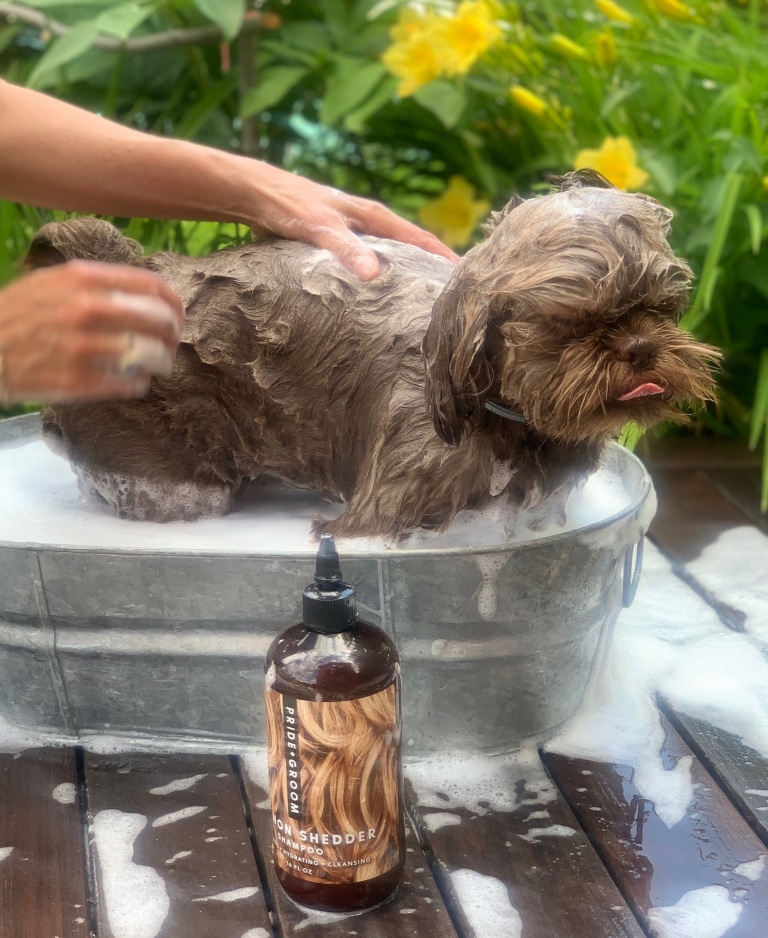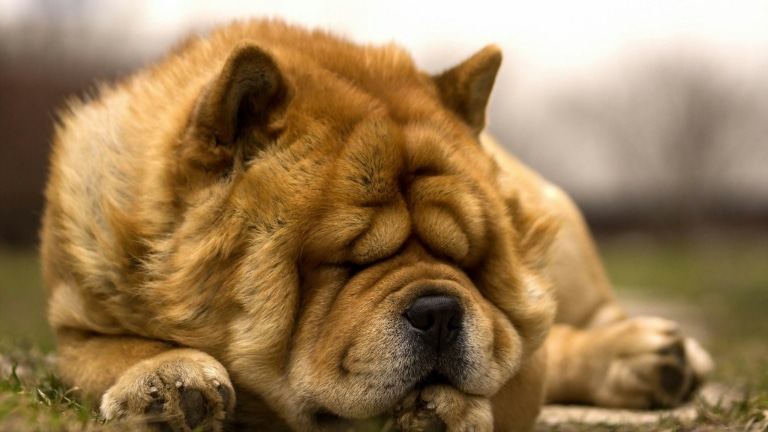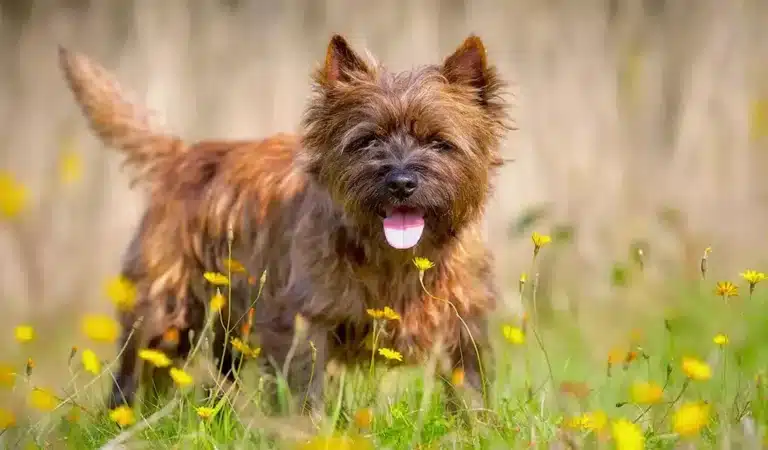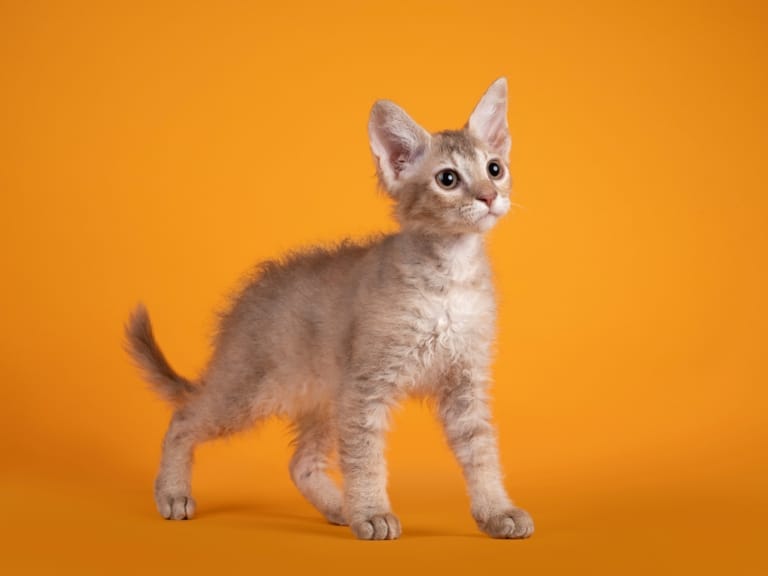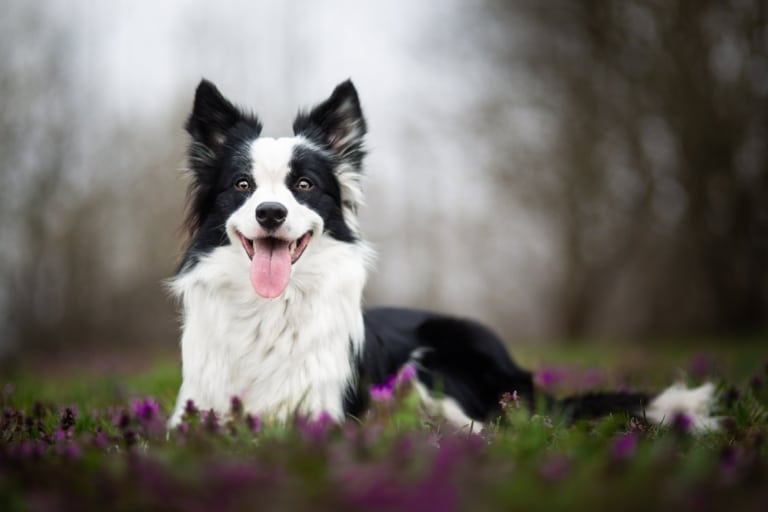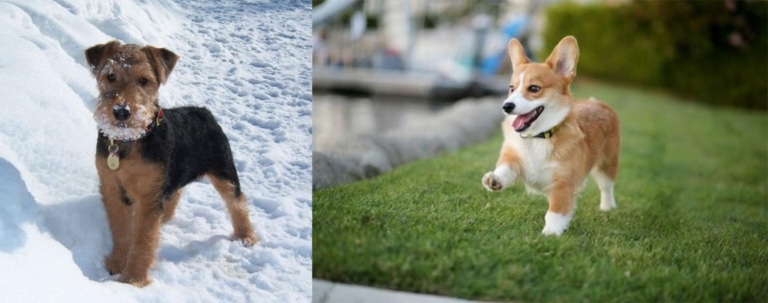Show grooming for cats involves caring for their appearance before a show, allowing their breed-specific features to stand out according to standards. Judges evaluate the overall look of the cat, the condition of its coat, ears, eyes, and paws, and how well the grooming is done determines whether it wins a prize. This is an art that requires attention and a professional approach, and in this article, you will learn the most important aspects of show grooming. Recently, the most popular show grooming has been for Maine Coons.
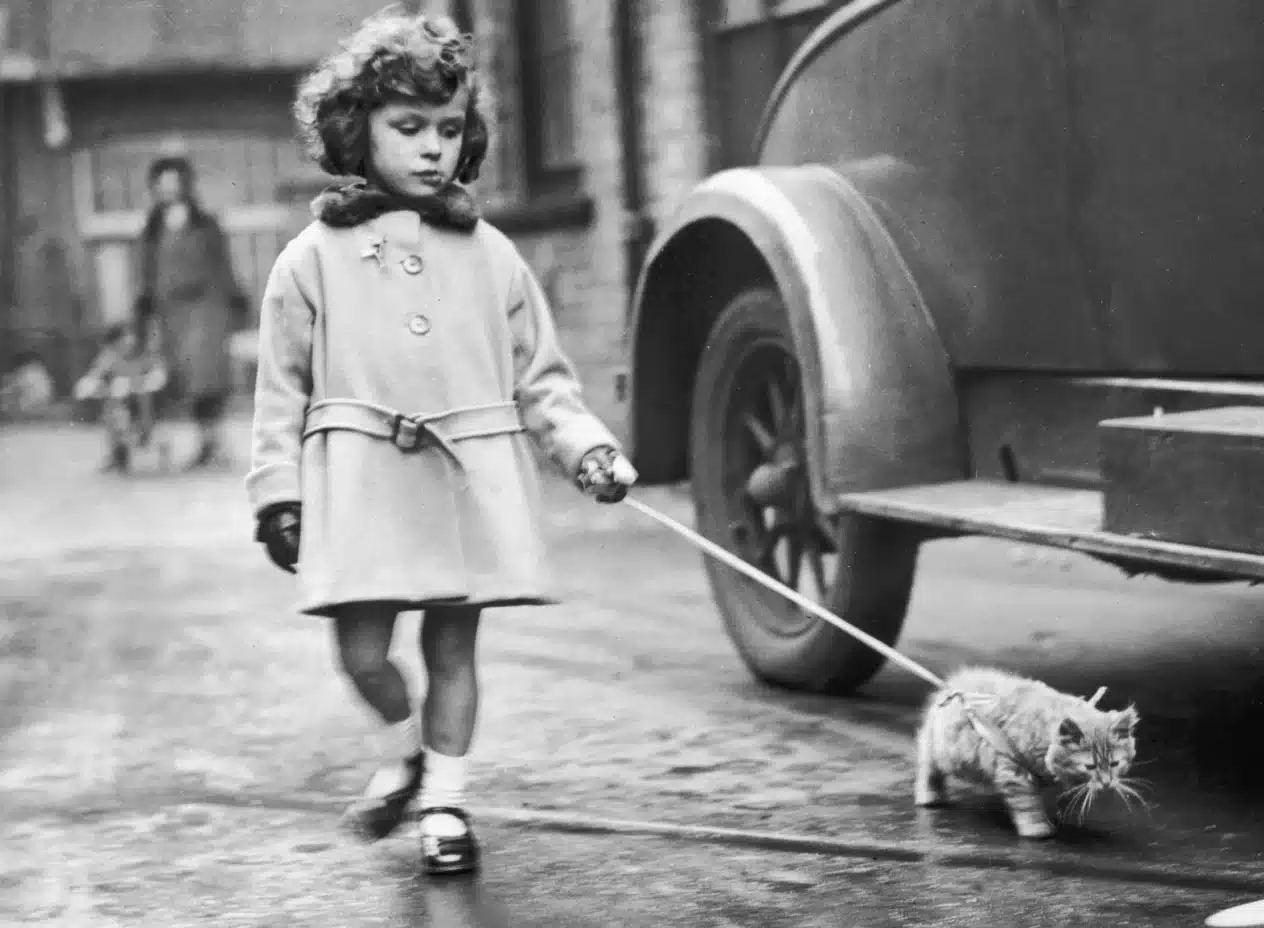
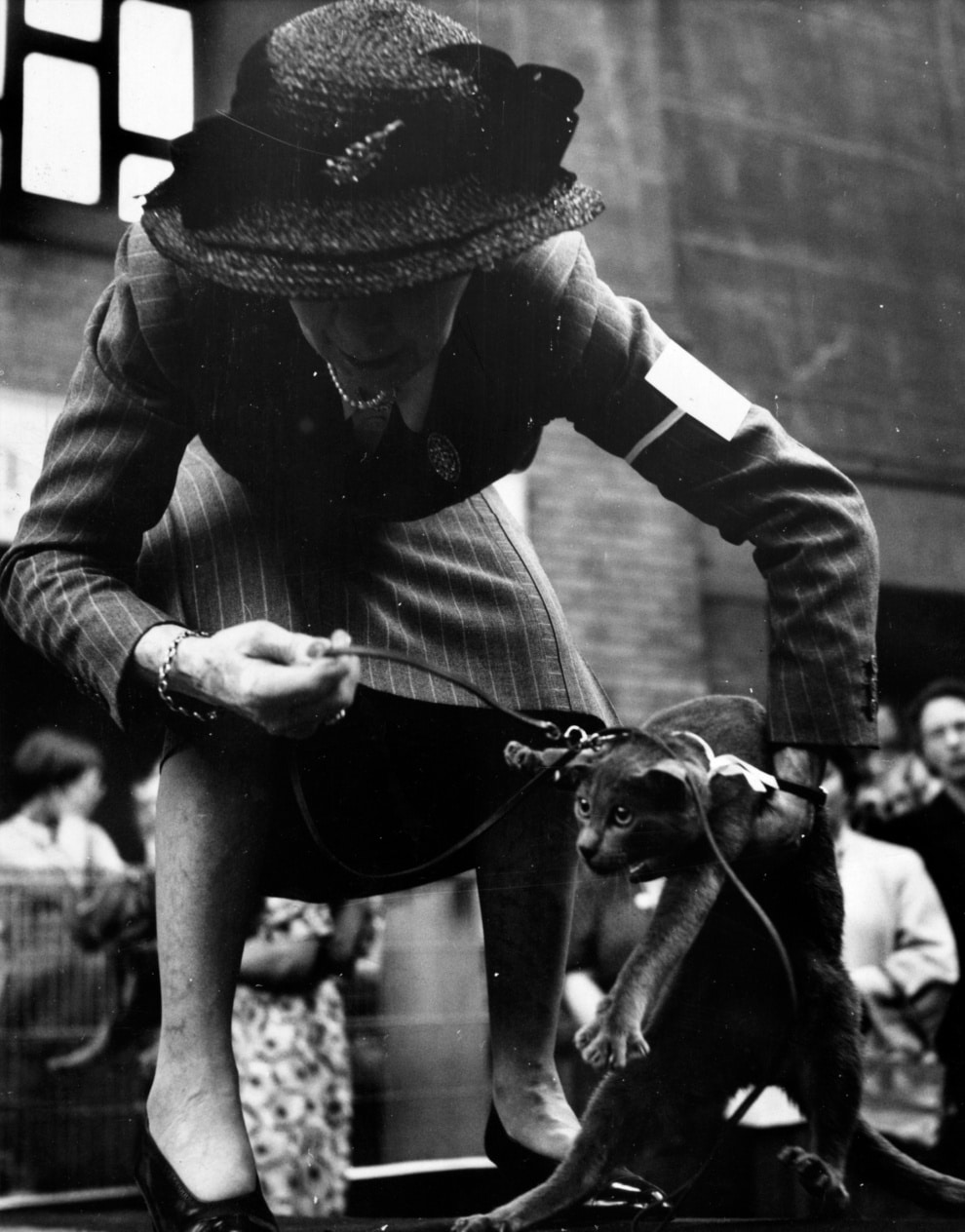
How Did Show Grooming Emerge?
Cats were cared for long before exhibitions appeared. Although in Europe, these animals primarily served as rodent hunters, in wealthy households, they were treated as beloved pets.
As early as 1871, London hosted the first-ever cat show, after which the popularity of such events only grew. Feline organizations were established, bringing breed standards that determined which cats could participate in exhibitions. The excitement and competition became so intense over time that owners of show cats began turning to groomers to ensure their pets looked their absolute best.
Constant skill improvement and keeping up with industry trends are essential for top-tier groomers. Today, professional groomers have everything they need to make a cat shine under the exhibition lights: knowledge, techniques, skills, various grooming products, tools for detangling and de-shedding, special drying boxes, and dryers with carefully adjusted temperature settings.
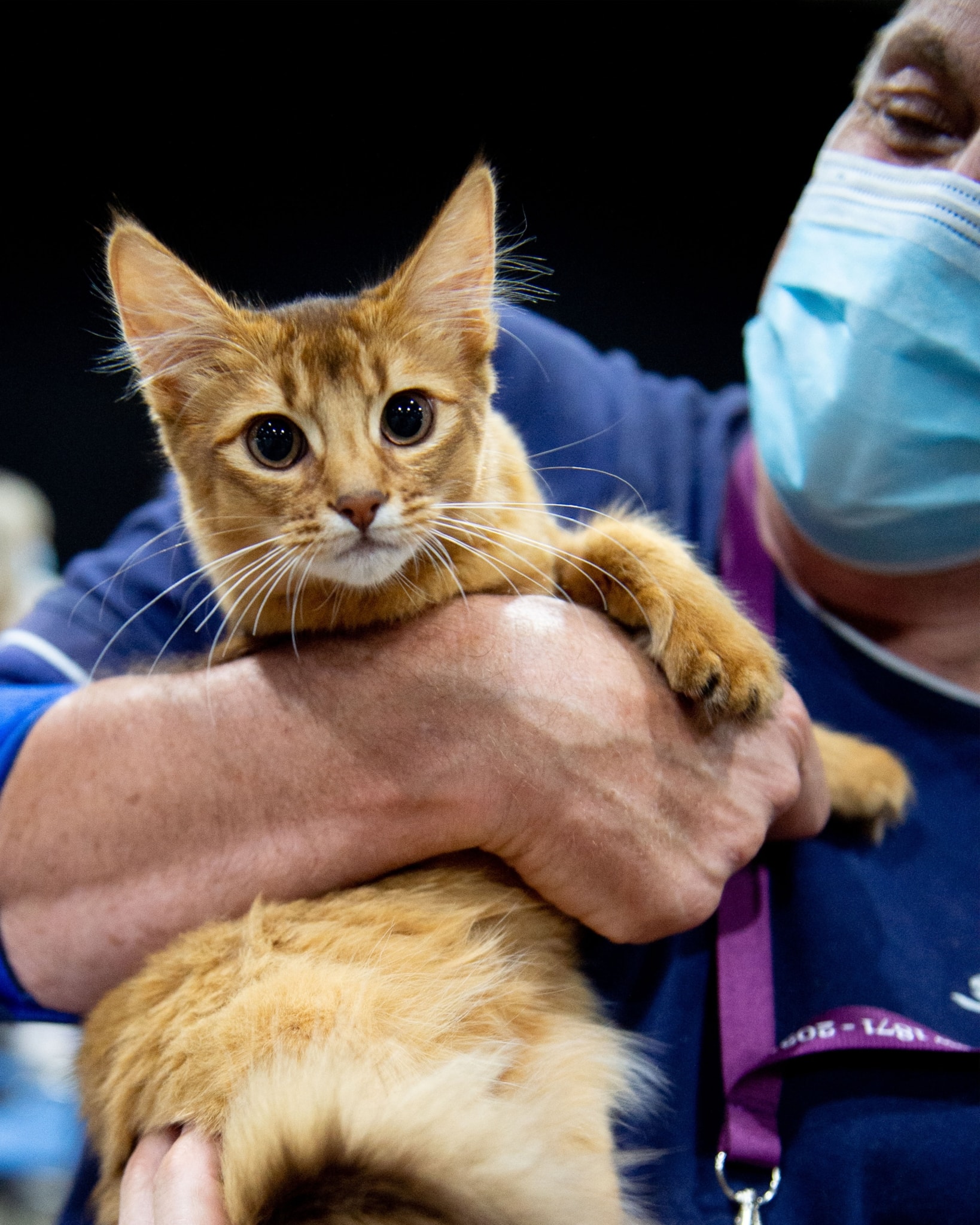
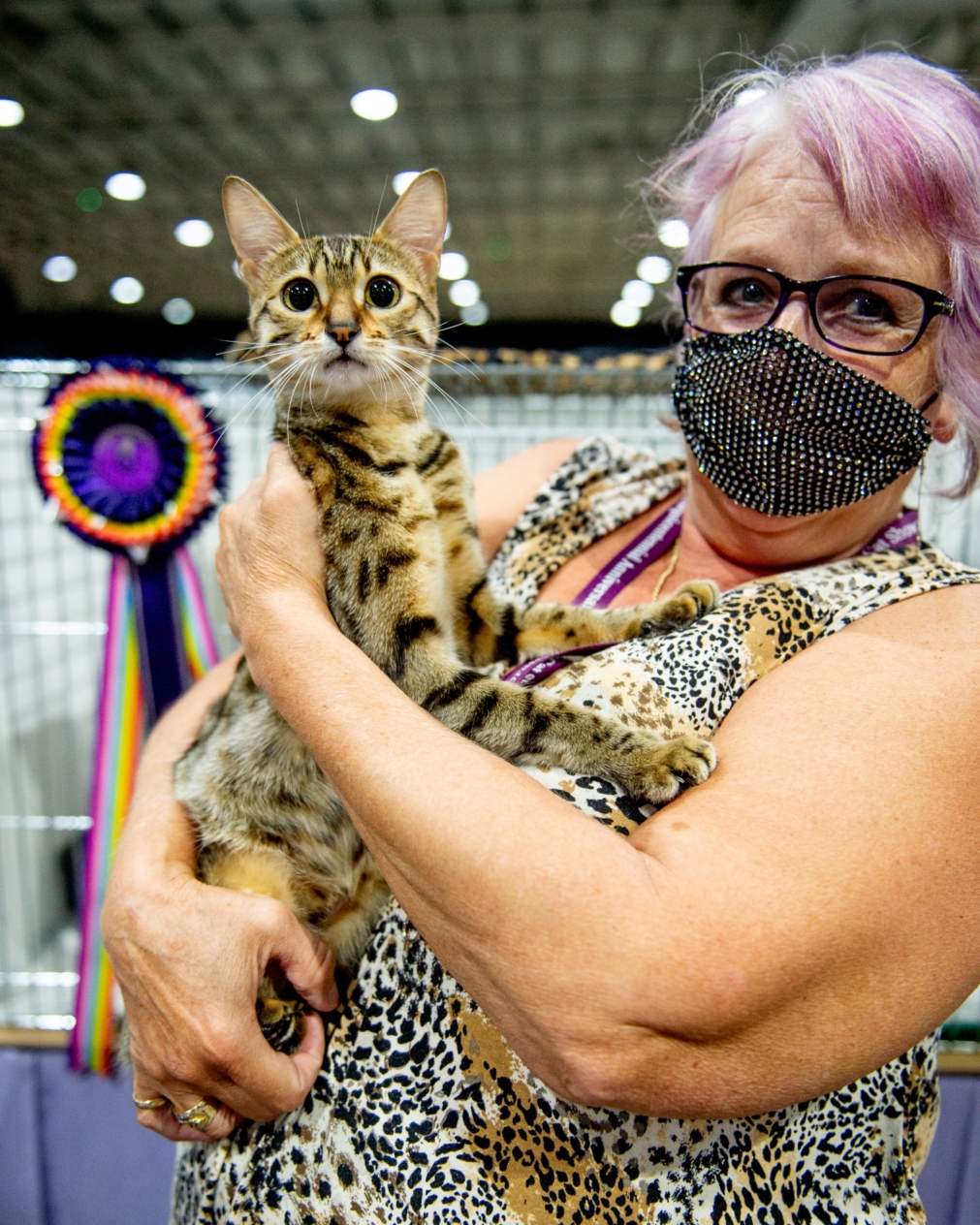
Cat Breed Standards
Before starting show grooming, it is essential to familiarize yourself with the cat’s breed standards, as even minor deviations can impact the judges’ evaluation.
Standards define the length, texture, and shine of the coat, color type, and specific care requirements for different body parts (ears, paws, tail). For example, Persian cats require volume and texture in their fur, as well as a well-groomed ruff and tail. British Shorthairs should have a glossy, smooth coat without heavy cosmetic products. Rex cats must maintain their natural waves or specific texture, while Sphynx cats need clean and healthy-looking skin.
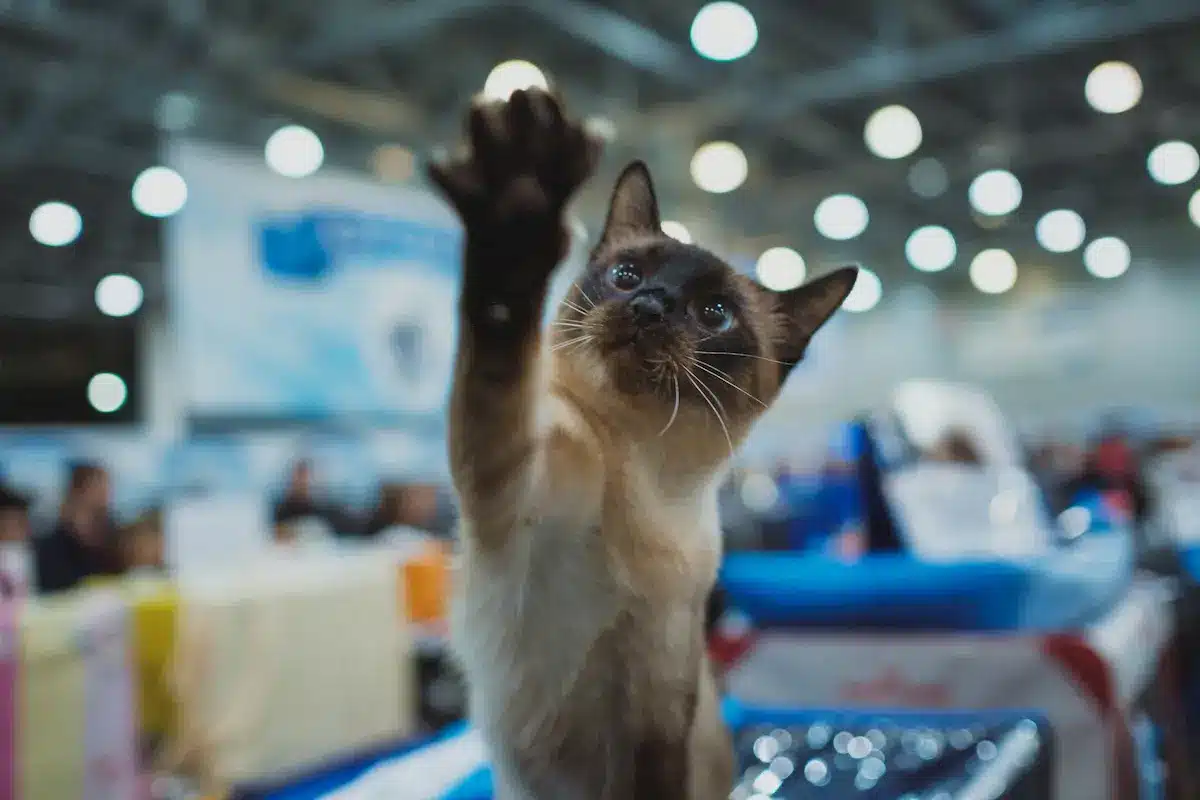
Stages of Show Grooming
Show grooming begins two to three weeks before the exhibition. Before this, the owner must ensure that the cat is healthy, has all necessary vaccinations, and has been treated for parasites (fleas, ticks, and worms). Failure to do so may result in the cat being disqualified from the event.
Since a cat’s coat, its condition, and texture are carefully examined and evaluated by judges, coat care is of utmost importance. It is crucial to minimize mat formation and regularly remove excess undercoat. Owners of short-haired breeds use a silicone brush or a soft-bristle brush, while long-haired breeds require a metal-toothed comb. Using the wrong tool may leave a significant amount of undercoat behind.
If mats start forming, increase brushing frequency. A mat breaker can damage the coat’s texture, so it is better to prevent the issue rather than deal with it at the show.
The next grooming step is bathing and drying the coat. The right cosmetic products can enhance the coat’s condition, while the wrong ones can ruin it. An experienced groomer can help choose professional cosmetics suited to the breed’s specific needs. For example, Maine Coons require a degreasing paste to effectively cleanse their coat and remove excess oils. Without it, the coat will remain greasy even after washing. Proper product selection and thorough rinsing are essential to avoid skin irritation. After bathing, it is best to dry the coat on a low setting while brushing simultaneously. Using several clean towels beforehand helps absorb excess moisture.
Judges also pay attention to eye and ear hygiene. Tear stains can ruin a cat’s appearance if not prevented through a proper diet and regular cleaning with a cotton pad soaked in a special lotion. As for the ears, they must be clean, free of inflammation, discharge, or odor. If deep ear cleaning is required, only a veterinarian should perform it. Otherwise, a cotton pad with a suitable cleaning solution can be used to wipe the outer ear surface.
To maintain oral hygiene, brushing a cat’s teeth 2-3 times a week with a pet-safe toothpaste and toothbrush is sufficient. Clean, tartar-free teeth enhance the cat’s overall appearance. Additionally, dental chews labeled “dental” can be given occasionally for extra care.
Last but not least is nail trimming. Neatly trimmed claws, without splits, look tidy and ensure safety. No judge wants to be scratched by an exhibitor’s cat. It is advisable to trim the nails 2-3 days before the event, but bringing a pair of nail clippers as a backup is always a good idea. You never know when they might come in handy.
What to Bring to the Show?
On the day of the show, it is best to bring nail clippers, a fine and wide-toothed comb for touch-ups, and microfiber or suede wipes to remove dust and enhance the cat’s coat shine.
For personal convenience, an anti-static spray is useful. Spraying a little on the hands prevents static electricity from making the fur stick up in all directions.
To avoid any mishaps, having baby wipes on hand is also a good idea. They can be used to gently clean the area under the tail to prevent the cat from accidentally leaving an unwanted mark on the judge’s table. It happens more often than one might think.
By following these guidelines, owners can ensure their cat looks its best, impressing both judges and spectators at the exhibition.
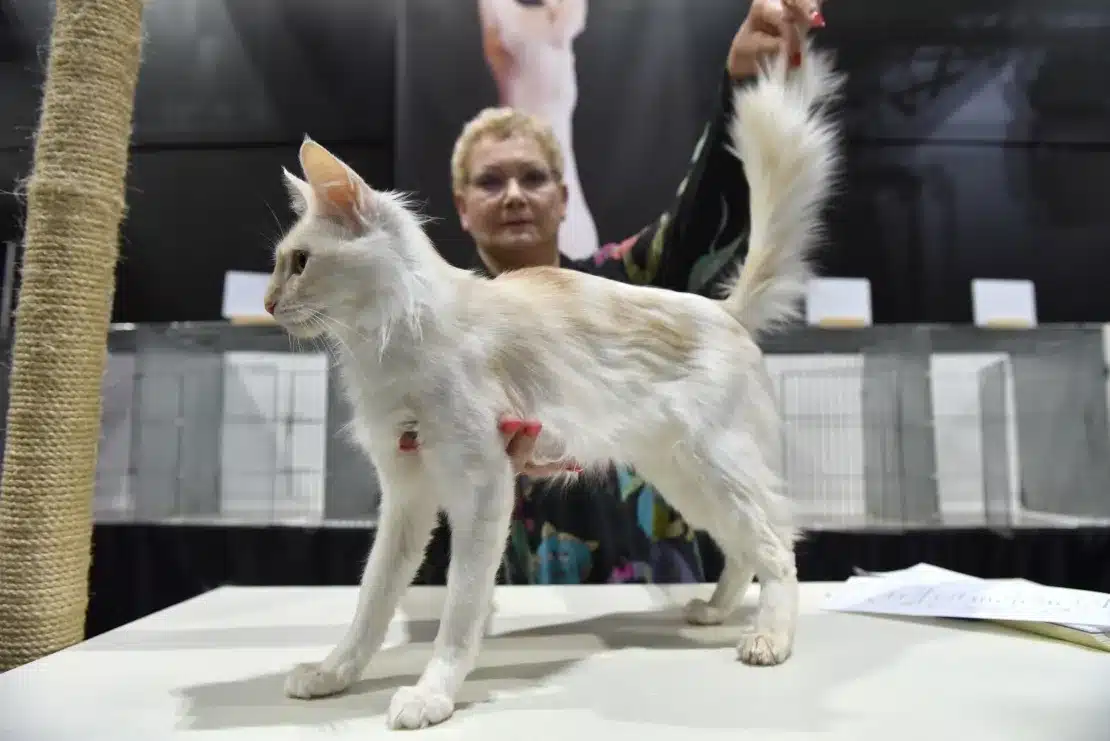
Conclusion
Show grooming allows the owner to showcase their cat’s natural beauty and make a great impression on the judges. To achieve this, careful preparation is essential—starting hygiene procedures in advance and ensuring the pet’s psychological well-being. Ultimately, enjoying the event and having a positive experience are just as important.

